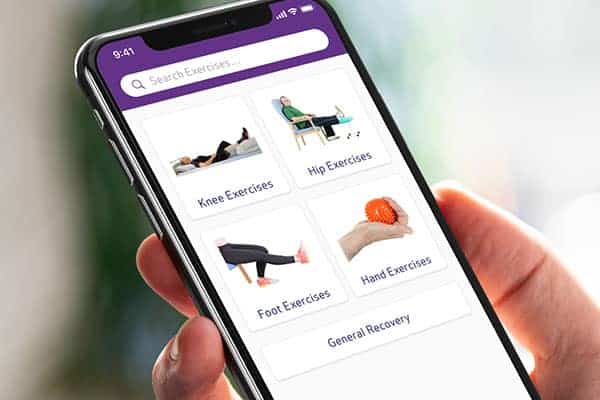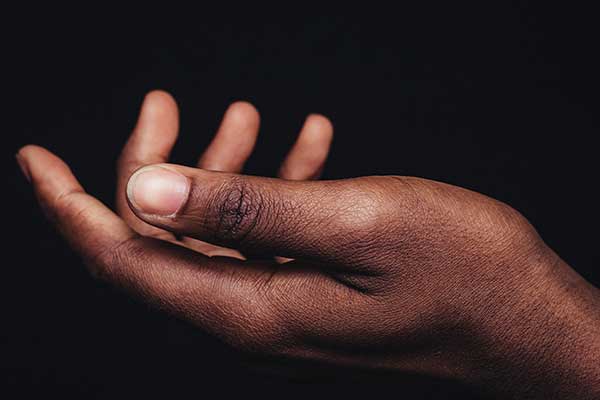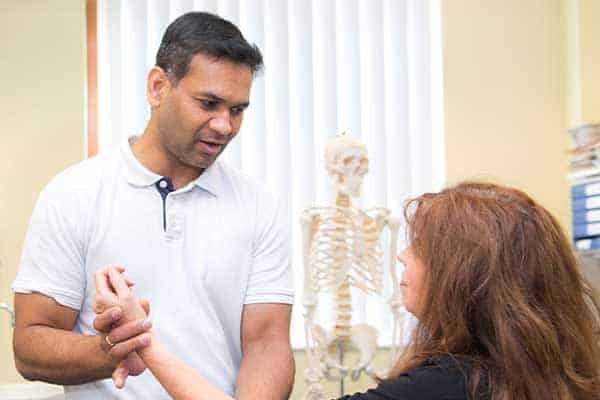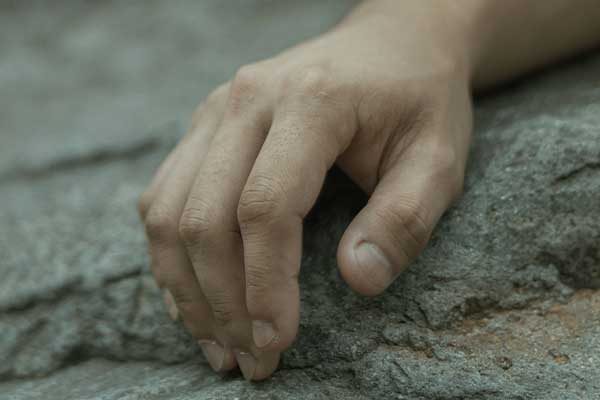Complex regional pain syndrome, or CRPS, is a condition that causes persistent, severe and debilitating pain in one of your limbs. The affected region often sensitive to touch.
When we say persistent pain, we mean pain that has continued for more than three months.
For example: In the case of your hand and wrist, an injury can trigger CRPS symptoms in your whole arm and injury to the foot/leg can cause localised or widespread constant, sensitivity and pain in all of the lower limb.
What causes complex regional pain syndrome?
CRPS is not fully understood. Although it often develops in the weeks following an injury or an operation, it can also come on with no apparent cause.
It is thought that the nerves in the affected limb become highly sensitive and this leads to abnormal pain signals being sent to your brain. This can make you experience exaggerated and long-lasting pain, even after any damaged tissue has healed.
What are the symptoms of complex regional pain syndrome?
For most people:
- You feel a continuous burning, stinging or stabbing pain in your limb.
For some people:
- You may see a change of colour in your limb, such as red, purple or blue patches.
- You may experience swelling and/or stiffness in your limb.
- You may experience temperature changes and excessive sweating in the area.
- You may find your skin has become highly sensitive to any touch, even clothing.
- You may notice your skin change texture and become shiny.
- You may notice your nails and hair growing differently.
- You may experience restricted, jerky or uncoordinated movement in your limb.
How is complex regional pain syndrome diagnosed?
You are advised to see your GP if you have any pain that has no obvious cause or will not go away.
You should also seek help from a healthcare professional if persistent pain is having a negative impact on your normal activities, sleep, mood or emotional wellbeing.
Your doctor will typically diagnose CRPS after clinical examination and tests to rule out other potential causes of your symptoms. This is because there is no specific test for CRPS.
Research indicates that if CRPS is diagnosed and treated as early as possible, the outcome will be more positive.
What are the treatment options for complex regional pain syndrome?
Treatment for CRPS is aimed at enabling you to self-manage your symptoms by increasing your understanding of your condition, reducing your experience of pain and improving your ability to go about your normal daily life.
It is likely to involve a multidisciplinary approach that combines medication to relieve pain with rehabilitation therapies to restore function in your limb.
During the first six months after your diagnosis, your treatment will also be targeted at preventing any of the secondary physical or psychological difficulties that are common with persistent pain.
Depending on your individual experience of CRPS, the most effective treatment will probably be physiotherapy. The physiotherapist will be able to advise/ prescribe exercises in line with your sensitivity and pain that can gradually be stepped up as pain improves. The advice is to move and treat the painful body part within the pain limits individually or as part of global exercise to reduce the sensitivity input by the brain. This should build up very gradually to avoid aggravating your symptoms and it may be a while before you feel the pain reduce.
You may be referred to an occupational therapist, who could help with desensitisation, relaxation and/or stress management techniques. A referral for psychological support could also provide you with coping techniques, including cognitive behavioural therapy (CBT). Referral to pain clinic may be indicated if symptoms persist.
What is the prognosis (outlook) for complex regional pain syndrome?
While there is currently no way to cure CRPS, it is usually possible to manage the symptoms and reduce the impact on your quality of life.
Depending on the individual and how early CRPS was diagnosed and treated, symptoms can last for months or years.
Unfortunately, in some cases, you may be left in some degree of permanent pain.
If you have had CRPS in one limb, there is also a small chance that you may develop it in another.
People with CRPS often find that they modify their posture and the way they carry out activities in order to adapt to their affected limb. This can cause further pain, which may be misinterpreted as CRPS. A physiotherapist can advise you about avoiding this.

Pocket Physio | Download now
Search for ‘Pocket Physio’ on the Apple App Store for iOS and the Google Play Store for Android to download for free.




